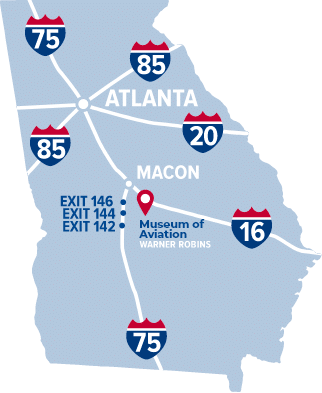Developed from the XF-88 penetration fighter, the F-101 originally was designed as a long-range bomber escort for the Strategic Air Command. However, when high-speed, high-altitude jet bombers such as the B-52 entered service, escort fighters were not needed. Therefore, before production began, the F-101’s design was changed to fill both tactical and air defense roles.
The F-101 made its first flight on September 29, 1954. The first production F-101A became operational in May 1957, followed by the F-101C in September 1957 and the F-101B in January 1959. By the time the F-101 production ended in March 1961, McDonnell had built 785 of the Voodoos including 480 F-101Bs, the two-seat, all-weather interceptor used by the Air Defense Command. In the reconnaissance versions, the Voodoo was the world’s first supersonic photo-recon aircraft. These RF-101s were used widely for low-altitude coverage of missile sites during the 1962 Cuban Crisis and during the late 1960s in Southeast Asia.
Warner Robins Air Logistics Center provided all logistics management for the communications, fire-control, and bomb navigation systems installed on the F-101. In addition, 80 F-101s were processed at Robins AFB in 1958 for ferry flights to Europe. The F-101F on display was delivered to the USAF in March 1960 and assigned to the 52nd Fighter Group, Air Defense Command, Suffolk County Municipal Airport, New York. Its final assignment was to the 147th Fighter Interceptor Group (ANG), Ellington AFB, Texas before being flown to Robins AFB and the Museum in 1982 for display.








